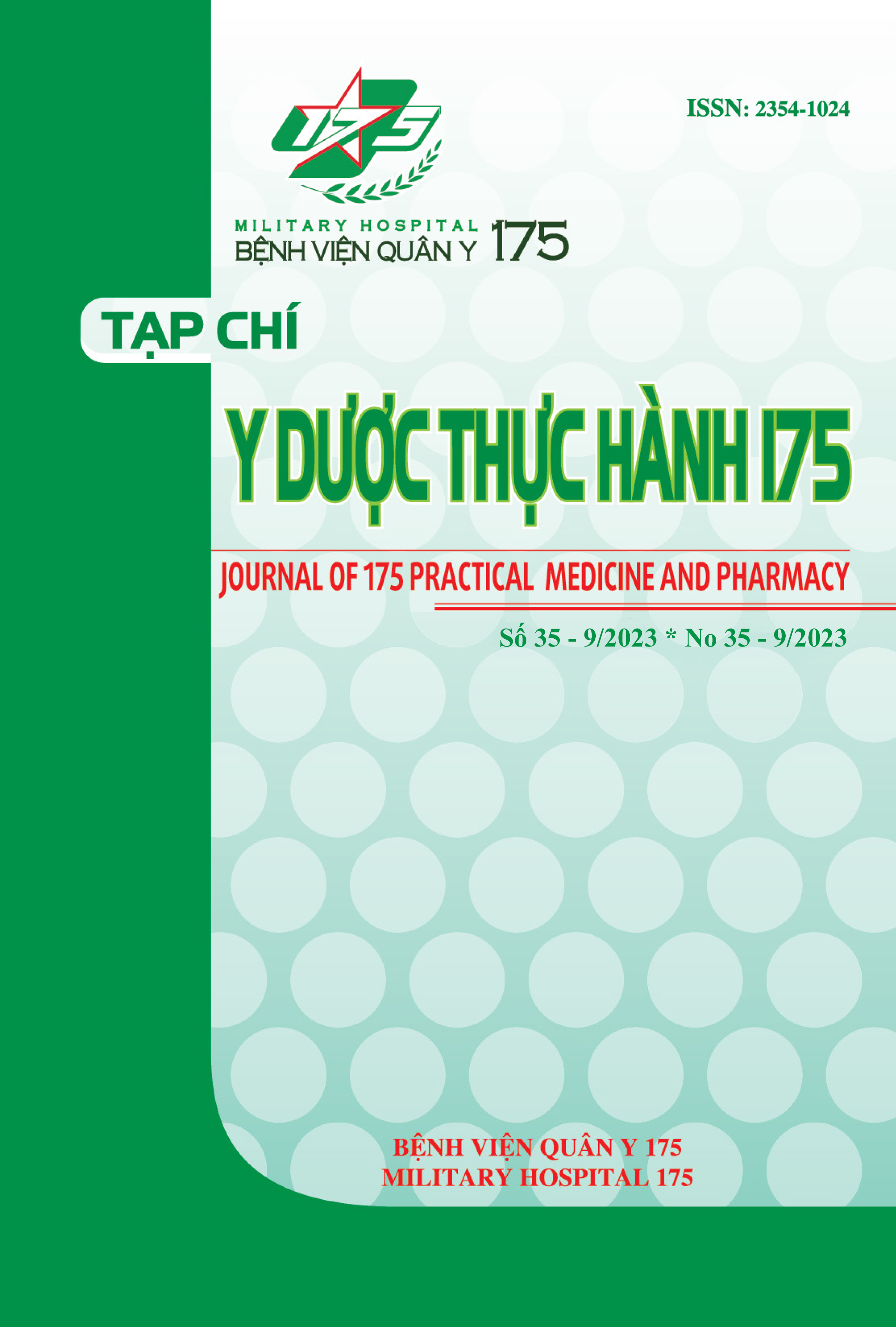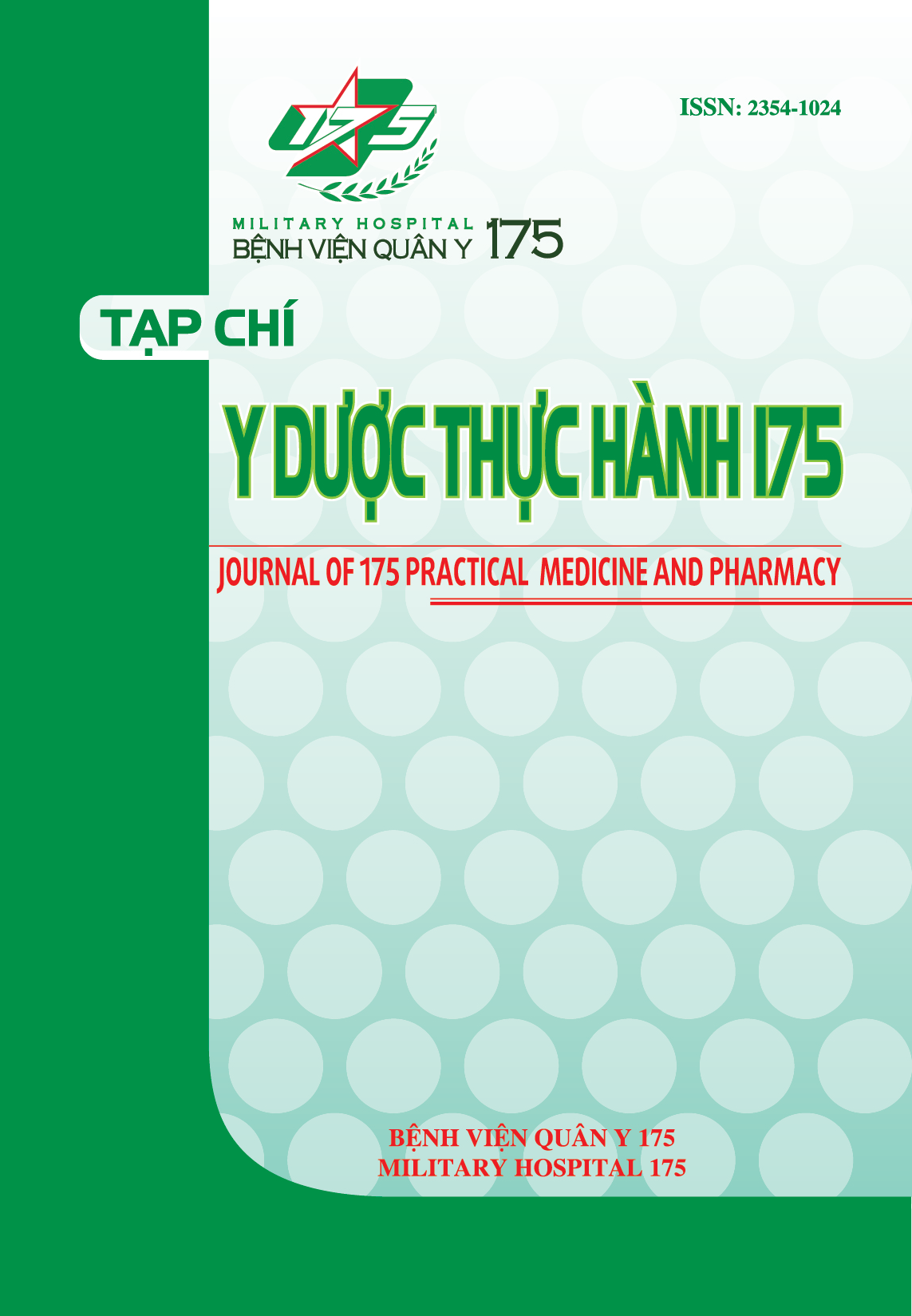THE DISABILITY CHARACTERISTICS OF LEPROSY PATIENTS MANAGED IN GIA LAI PROVINCE UNTIL JUNE 2023
Authors
DOI: https://doi.org/10.59354/ydth175.2023.221Keywords:
Disabled, leprosy, Gia LaiReferences
Lastória, J.C. and M.A. Abreu (2014), Leprosy: review of the epidemiological, clinical, and etiopathogenic aspects - part 1. An Bras Dermatol, 89(2): p. 205-18.
Phạm Văn Hiền (2001), Điều tra dịch tễ tàn tật trong bệnh phong tại Việt Nam và đề xuất các biện pháp phòng và điều trị phục hồi.
Phạm Văn Hiền (2001), Đánh giá hoạt động phòng chống phong 1996- 2000. Hội nghị hoạt động phòng chống phong 1996-2000,
Nguyễn Thị Xuân (2001), Nghiên cứu biện pháp cải thiện tình hình tàn tật trên bệnh nhân phong mới phát hiện ở tỉnh Gia Lai trong 3 năm 1997 - 1999. 2001, Đại học Y Hà Nội
Bùi Ngọc Dũng (2007), Khảo sát tình hình tàn tật và đề xuất biện pháp điều trị phục hồi cho bệnh nhân phong tại một số huyện tỉnh Gia Lai năm 2006.
Nguyễn Việt Dương (2015), Thực trạng dị hình tàn tật ở người mắc bệnh phong tại 3 tỉnh Bắc Trung Bộ.
Lê Thanh Hải (2014), Nghiên cứu các tổn thương xương trong bệnh phong tại bệnh viện Phong - Da liễu Bắc Ninh, Đại học Y Hà Nội.
Downloads
PDF Downloaded: 27










